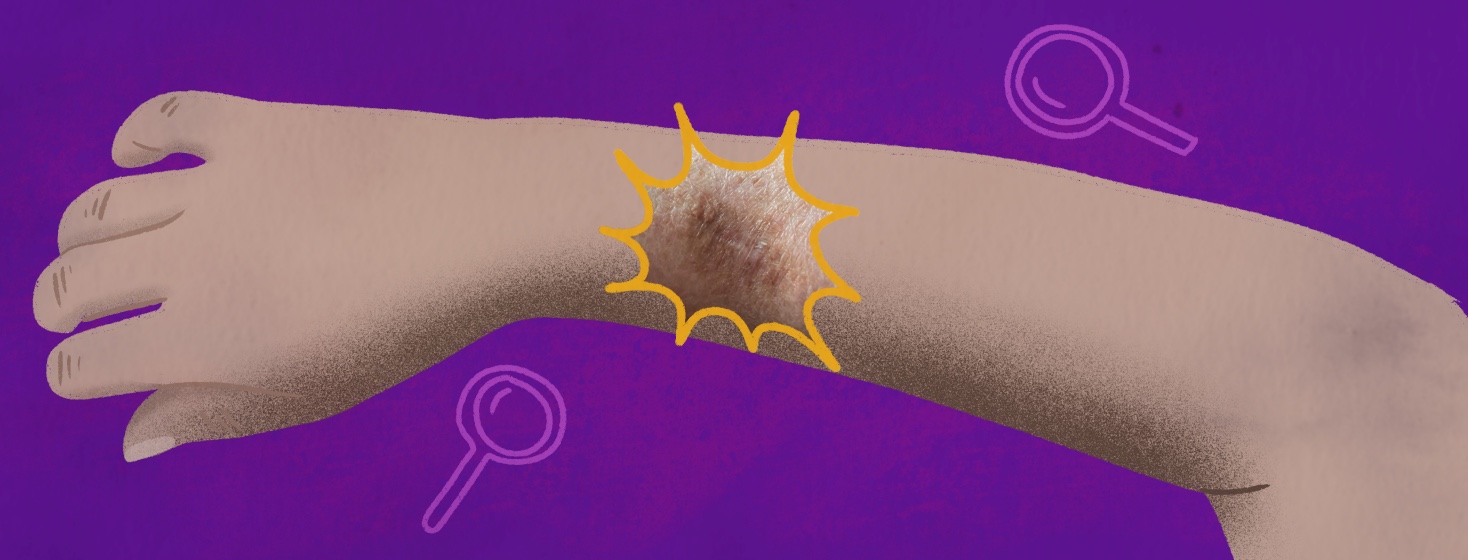Psst...Is It Time for Your Skin Cancer Self-Exam?
In case no one else has told you yet today, you are important and loved. The fact that you are on this planet makes someone else happy each and every day. On your very worst day, there is another human who recognizes how special you truly are. That is reason enough for you to take the best possible care of yourself. One part of that self-care is making sure you regularly check your skin. This, my friend, is your reminder to do just that.
Why are skin checks and self-exams important?
I’ll put it very simply: self exams can and do save lives. Knowing your body and keeping track of any changes with existing spots, freckles, or moles can lead to early detection of skin cancer including melanoma. In addition, if you make checking your skin a regular habit, you can quickly note new spots as they appear.
When should you examine your skin?
For starters, if you have never examined your skin, ">stop after reading this article and get to it. Seriously; it’s that important. If you’ve never seen a dermatologist, examine your skin today. If it’s been a while since your last visit to a doctor who performed a skin check, again, do it now.
How often should you perform self-checks
Self-exams should be done with regularity; at least once a month. Choosing a specific date and sticking to it will help keep you on track and accountable to yourself and those who love you. Some of us like to begin with a skin check on the first of each month. Others like to wind up the month on the 30th with an exam. If you have a number that’s special to you (several friends or family with the same birthdate or an anniversary, for example), you might want to choose that day each month to make it easier to remember. For me, that number is 14. When the 14th of each month rolls around, it’s time to give my body a good once over, noting any and all changes.
How do you start?
You make a quick decision: top or bottom. Do you want to start with your head and work down to the soles of your feet or vice versa? It’s really that simple. Give the front, back, top, and bottom of every part of your body a thorough look. If it’s your first time, you will want to make note of every mole, spot, and irregularity. Here’s a great guide to help you through the process.
When should I be worried?
My advice to you is to not start with worry. Start with the determination that you are doing everything you can to stay in control of your health and that you, too, believe you are important. There are some simple ways to tell if a spot or mole is suspicious. Following the ABCDEs of melanoma as you perform your self-exam is one way to determine when you should make an appointment to have a spot checked. As basal cell and squamous cell carcinoma also pose threats, it’s important to note any spots that don’t heal, dry flaky spots that never completely disappear, or persistently itchy patches of skin. These images will help you as you examine your skin.
Loop in your dermatologist!
Follow up that self-exam with a call to your dermatologist if you note any changes or new spots of concern. Self-exams take time and diligence, but they are worth every minute they take. You are important, and you are loved by others. Now, isn’t it time you love yourself?
Tell us about your self-exam routine in the comments!

Join the conversation